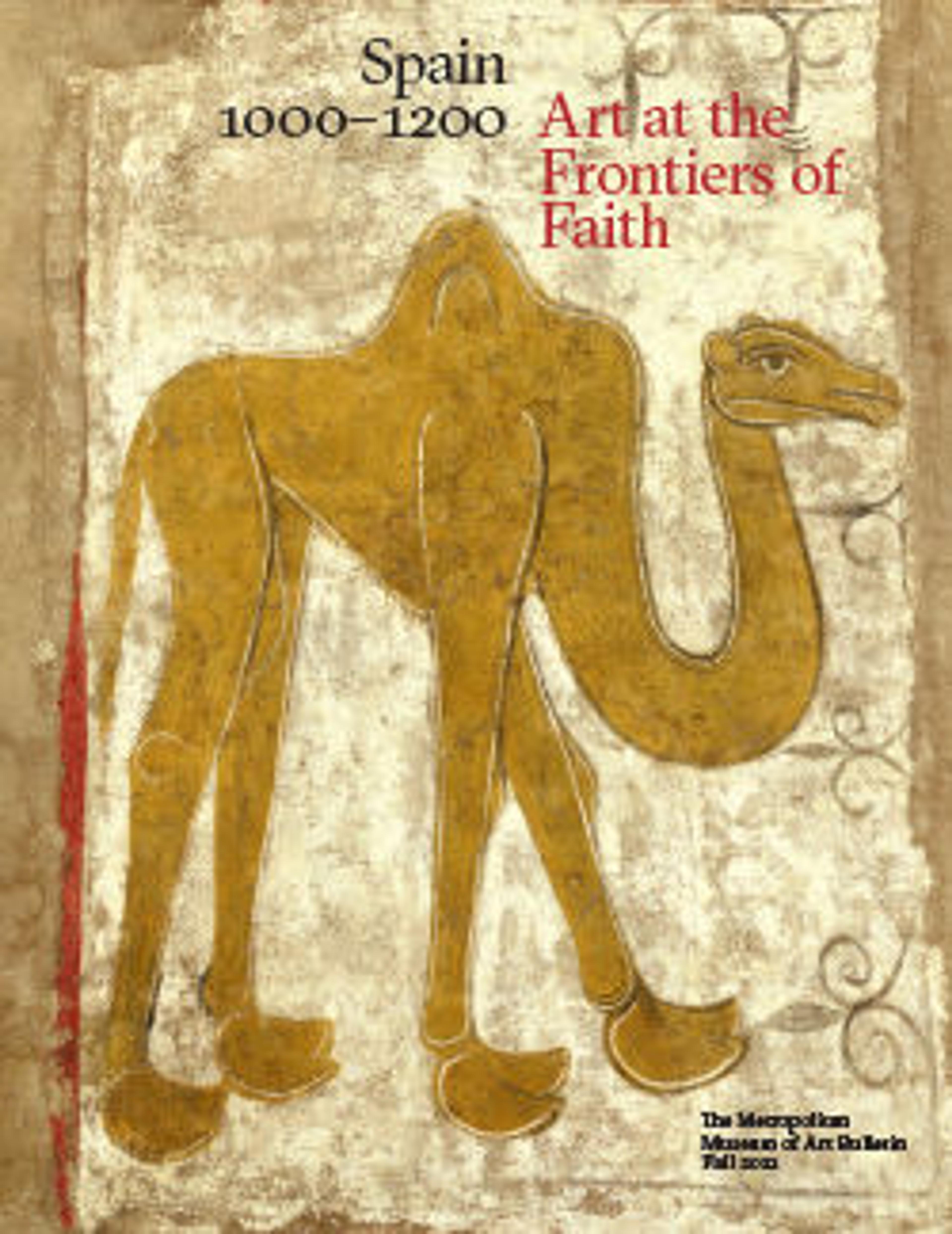Textile Fragment from the Shrine of San Librada, Sigüenza Cathedral, Spain
This silk fragment belongs to a group of silk brocaded textiles of the Almoravid dynasty found in the reliquary of Saint Librada in the Cathedral of Siquenza in Almeria, Spain. These were possibly taken as booty when the armies of Alfonso VII of Castile (r. 1126–57) sacked Almeria in 1147 CE.
The design is comprised of a single-headed eagle and composite quadrupeds and harpies in the outer band and a leonine quadruped within a roundel on each shoulder. There is a band of pseudo-epigraphy; kufic script that possibly reads "blessing" (barakat) beneath its talons. Outside the roundel, mostly disintegrated, there is an inscription that says: "Blessing from God and victory, support and long-life."
The design is comprised of a single-headed eagle and composite quadrupeds and harpies in the outer band and a leonine quadruped within a roundel on each shoulder. There is a band of pseudo-epigraphy; kufic script that possibly reads "blessing" (barakat) beneath its talons. Outside the roundel, mostly disintegrated, there is an inscription that says: "Blessing from God and victory, support and long-life."
Artwork Details
- Title:Textile Fragment from the Shrine of San Librada, Sigüenza Cathedral, Spain
- Date:first half 12th century
- Geography:Attributed to Spain
- Medium:Silk, metal wrapped thread; lampas
- Dimensions:Textile: H. 17 in. (43.2 cm)
W. 13 in. (33 cm)
Mount: H. 20 5/8 in. (52.4 cm)
W. 16 5/8 in. (42.2 cm)
D. 1 1/4 in. (3.2 cm) - Classification:Textiles-Woven
- Credit Line:Funds from various donors, 1958
- Object Number:58.85.2
- Curatorial Department: Islamic Art
More Artwork
Research Resources
The Met provides unparalleled resources for research and welcomes an international community of students and scholars. The Met's Open Access API is where creators and researchers can connect to the The Met collection. Open Access data and public domain images are available for unrestricted commercial and noncommercial use without permission or fee.
To request images under copyright and other restrictions, please use this Image Request form.
Feedback
We continue to research and examine historical and cultural context for objects in The Met collection. If you have comments or questions about this object record, please contact us using the form below. The Museum looks forward to receiving your comments.
